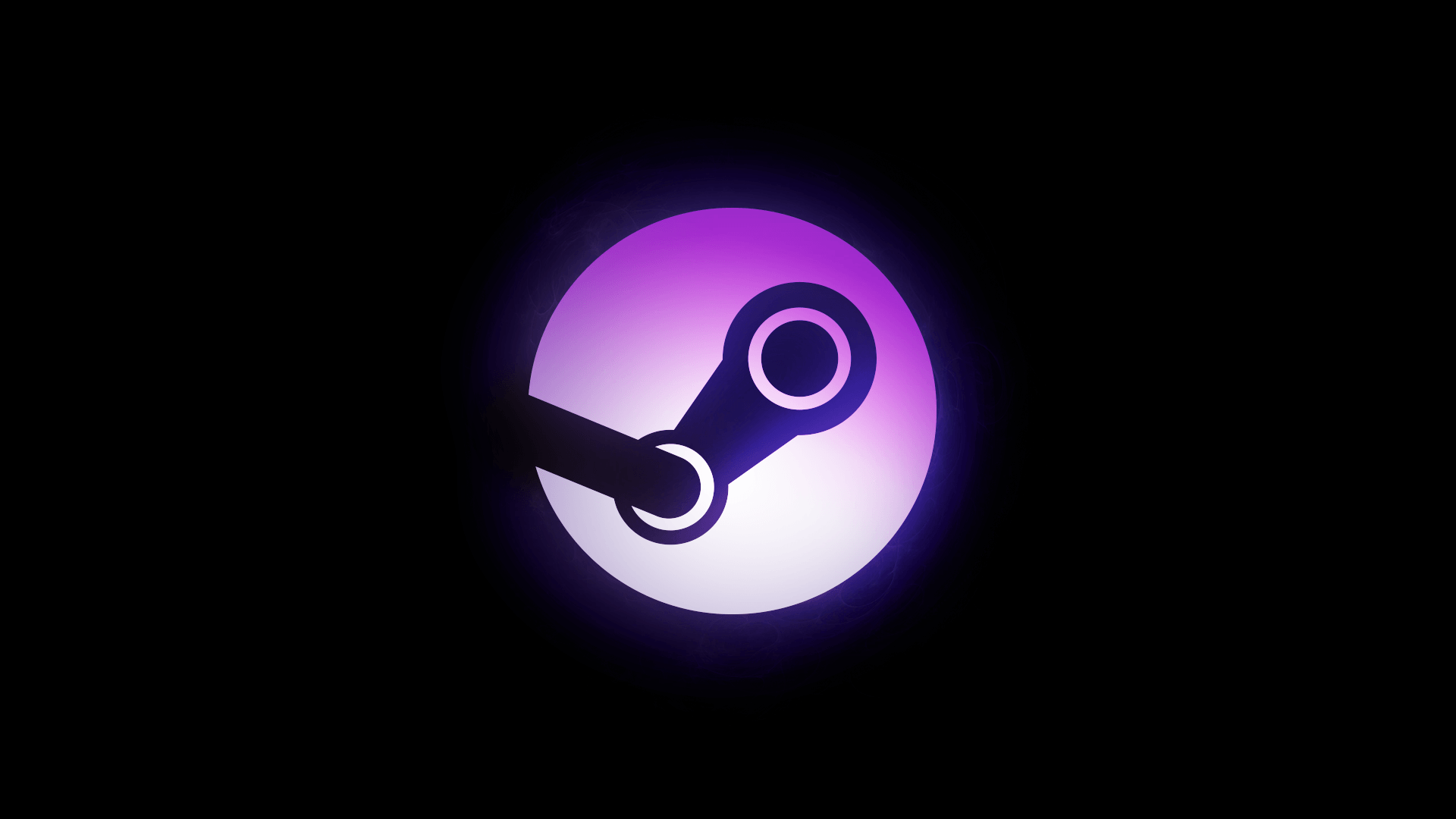
SteamOS is a Linux kernel-based Debian, developed by Valve Corporation, designed to become the primary operating system for Steam Games consoles. It was launched on December 13, 2013.
The role of this operating system is to enable Steam to run without users having to have a Windows PC for this purpose. Unlike other platforms such as Xbox One or PlayStation 4, with SteamOS, each user will be able to decide, based on budget and preference, which components to use when building the computer that will use it as a Steam Console.
Besides, by offering any component manufacturer the opportunity to create and market its own version of Steam Machine, the Valve Corporation does nothing but “democratize” the platform, helping to develop and spread it. The road that Valve will have to go through to make SteamOS into the perfect gaming platform is long and tedious, most of the hindrances, as expected, will come from the lack of drivers for the main components. Also, the Valve fans will have a lot of headaches and portions of games that can now only be played in Windows, but let’s not forget that they all started from scratch.
SteamOS is primarily designed to play video games away from a PC such as in the living room, providing a console-like experience using generic PC hardware that can connect directly to a TV. It can run native games that have been developed for Linux and purchased from the Steam store. Users can also play games from Windows, Mac, or Linux computers into a single SteamOS file and incorporate the same family sharing and restrictions as Steam on the desktop. Valve claims that “he has achieved significant increases in graphics performance” through using SteamOS.
The operating system is open source, allowing users to build or adapt the source code, although the real Steam client is closed. Since SteamOS is intended exclusively for the game without the use of the mouse or keyboard, it does not have many built-in features beyond navigation and web games. For example, there are no file manager or image viewer installed by default.
However, users can access the GNOME desktop and run tasks such as installing other programs. Although OS does not support its current streaming service, Valve is in talks with streaming companies, such as Spotify and Netflix, to bring their features to SteamOS.
The operating system naturally supports Nvidia, Intel and AMD graphics processors. Valve said they added support for movies, television, and music to SteamOS, but the video content is just from the Steam store, which has a small number of films, while music is only supported by local music collections.
In October 2015, an update allowed Netflix and other DRM-protected content to work in the native built-in browser. Overall, Nvidia’s proprietary graphical driver for Linux can provide comparable performance to Windows drivers thanks to the code base widely shared between platforms.
At the official launch of Steam machines in November 2015, we compared the rendering performance of cross-platform gaming on SteamOS and Windows 10 running on the same machine, using average frames per second and found that games were played between 21% and 58% slower on SteamOS than Windows 10.
This may be due to the lack of experience of developers who are optimizing on OpenGL as opposed to DirectX and believed that performance could improve with future titles. This is a reference point, which includes only six games on a single computer, was not at all comprehensible.

